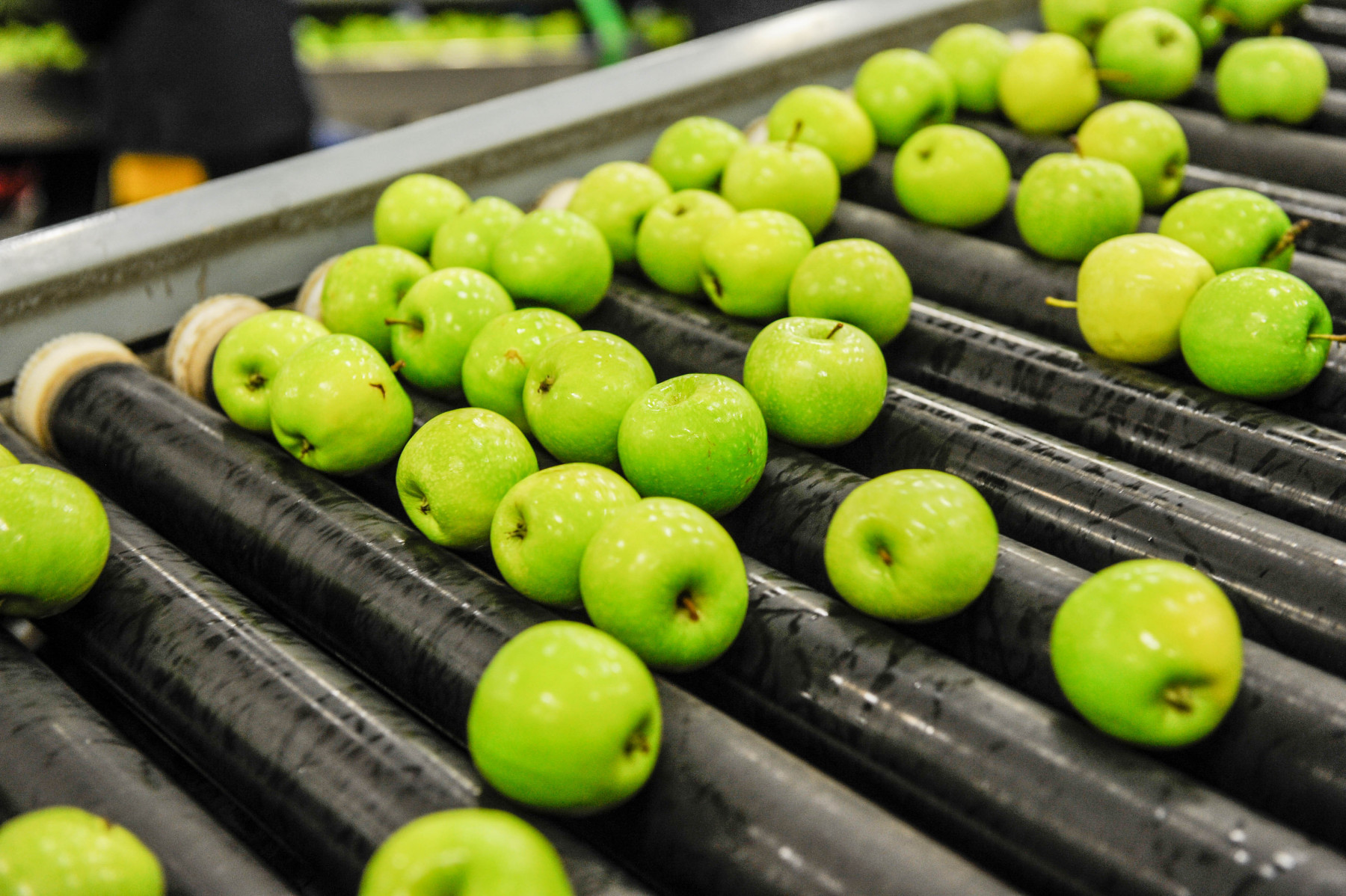
Scraped surface heat exchanger for Mexican fruit processing company
A Mexican fruit processing company approached HRS to design a sterile thermal process for the production / processing of caramel syrup and fruit pulp. Both HRS and Kapp have a lot of experience in the food industry, with each application having its own specifics. Both parties do like such a challenge. With this case we take you to one of the possible solutions in the food industry.
HRS Heat Exchangers provided two different designs for the request; one based on the HRS Unicus (single tube scraped heat exchangers), the second based on the HRS R Series (multi-tube scraped heat exchangers). The “R-Series design” turned out to be the most suitable, mainly due to a more delicate treatment of the product and the “Non-Shear requirement” in the process.
The R-Series heat exchanger has been developed for heat transfer applications that require the stowing and scraping of an often highly sticky medium. This makes it very suitable for hygienic and industrial applications. The innovative technology can easily handle the relevant process, because it applies a high scraper speed to mix the sticky product well.
The tailor-made sterile system consists of four HRS R-Series heat exchangers, combined with a residence time section and mounted on a freestanding frame. One of these exchangers, the HRS R3 unit (2 metres) is used for heating. The other units are used for cooling. The system is operated and checked with a control panel, which gives the operator the option of cooling with two or three units… depending on the product and the associated product speeds.
The whole sterile-thermal process is designed with the guarantee that the product can be accurately heated and cooled to desired temperatures without compromising the quality of the fruit pulp and caramel syrup. The design is based on the following parameters:
- Heating of 2.000 kg / h of fruit pulp, for yoghurt or ice cream mixtures (with and without bits) from 60°C to 120°C, staying time 30 seconds to 2 minutes (depending on product) and cooled to 20°C with ice water.
- Heating 2.000 kg / h caramel syrup from 100°C to 130°C with steam of 140°C, staying time 20 to 30 seconds and cooled to 30°C with ice water of 1°C
The HRS R-Series was clearly the most suitable heat exchanger in this case because:
- The innovative transfer ensures a continuous scraping movement, which ensures that sticky liquids mix well and dirt deposits on the exchanger wall are avoided.
- Each scraper has a spiral-shaped knife. This facilitates the propulsion of the product. This results in efficient heat transfer and reduction of the pressure drop.
- Multiple tubes in one heat exchanger is more energy efficient and requires a smaller footprint
- Unique sealing makes it possible to remove individual tubes.
HRS Heat Exchangers was able to manufacture and deliver the complete aseptic system within 8 weeks of approval of the design. The system was put into operation in the spring of 2016.
.